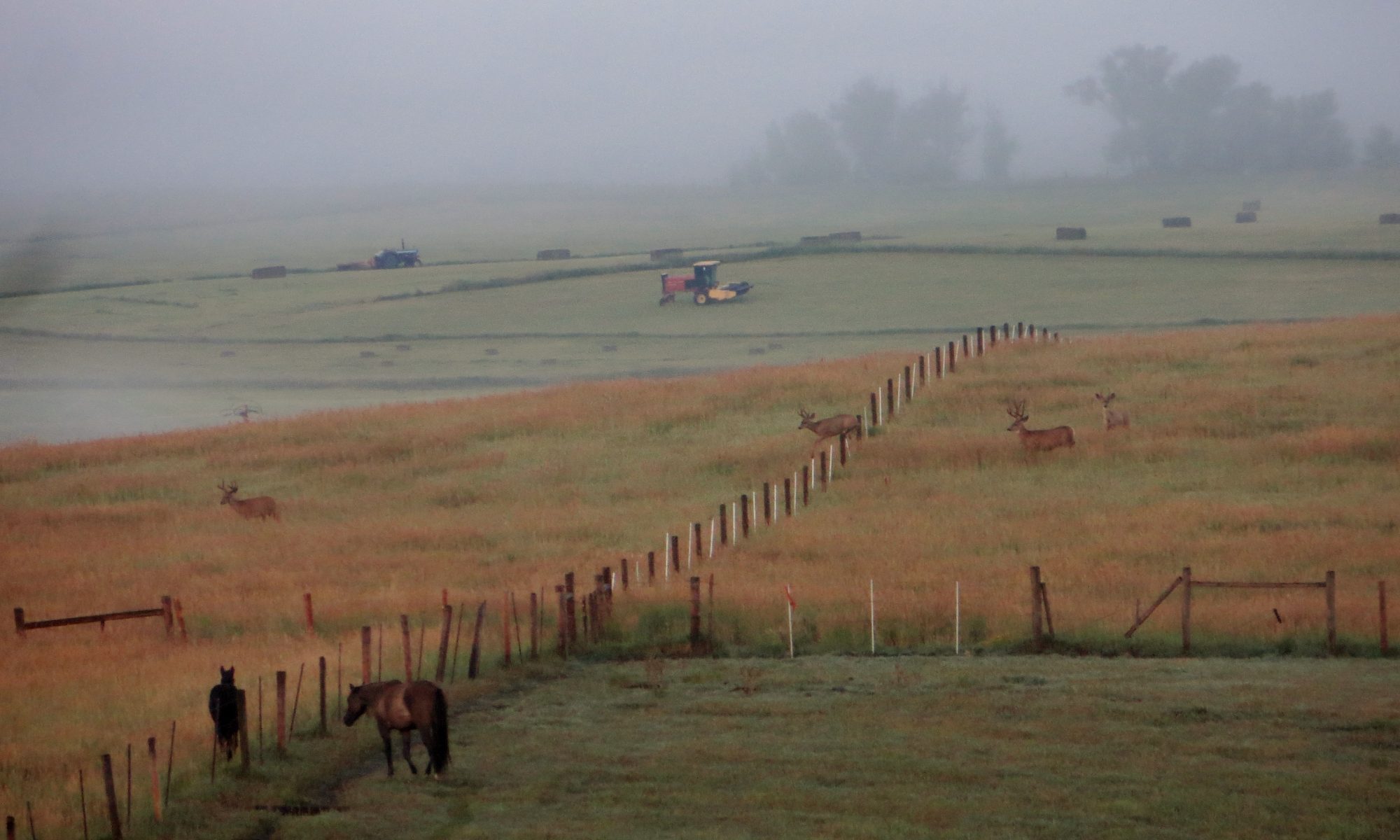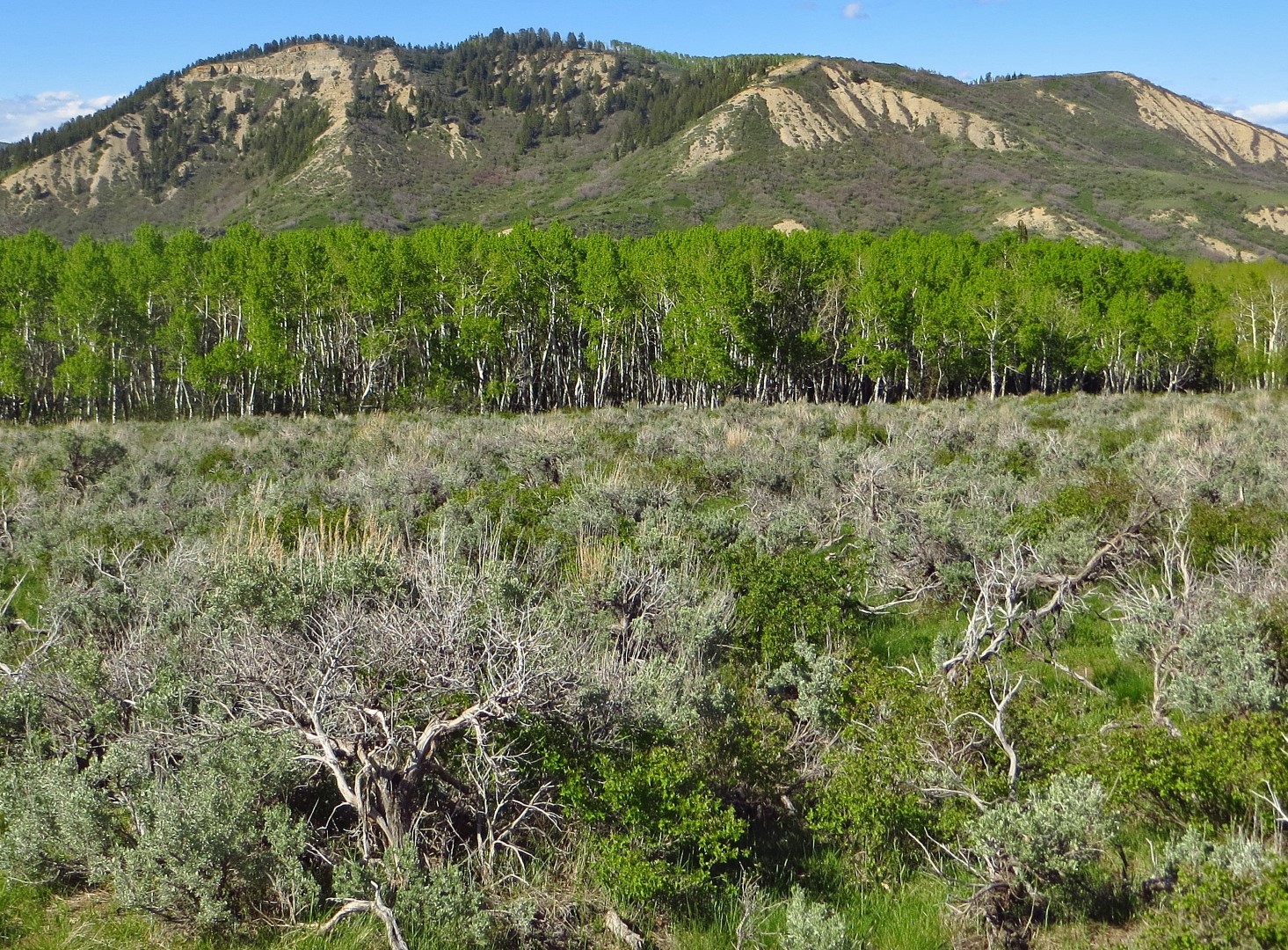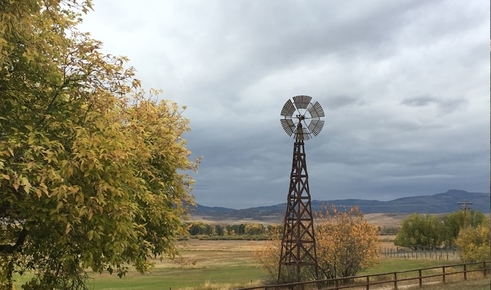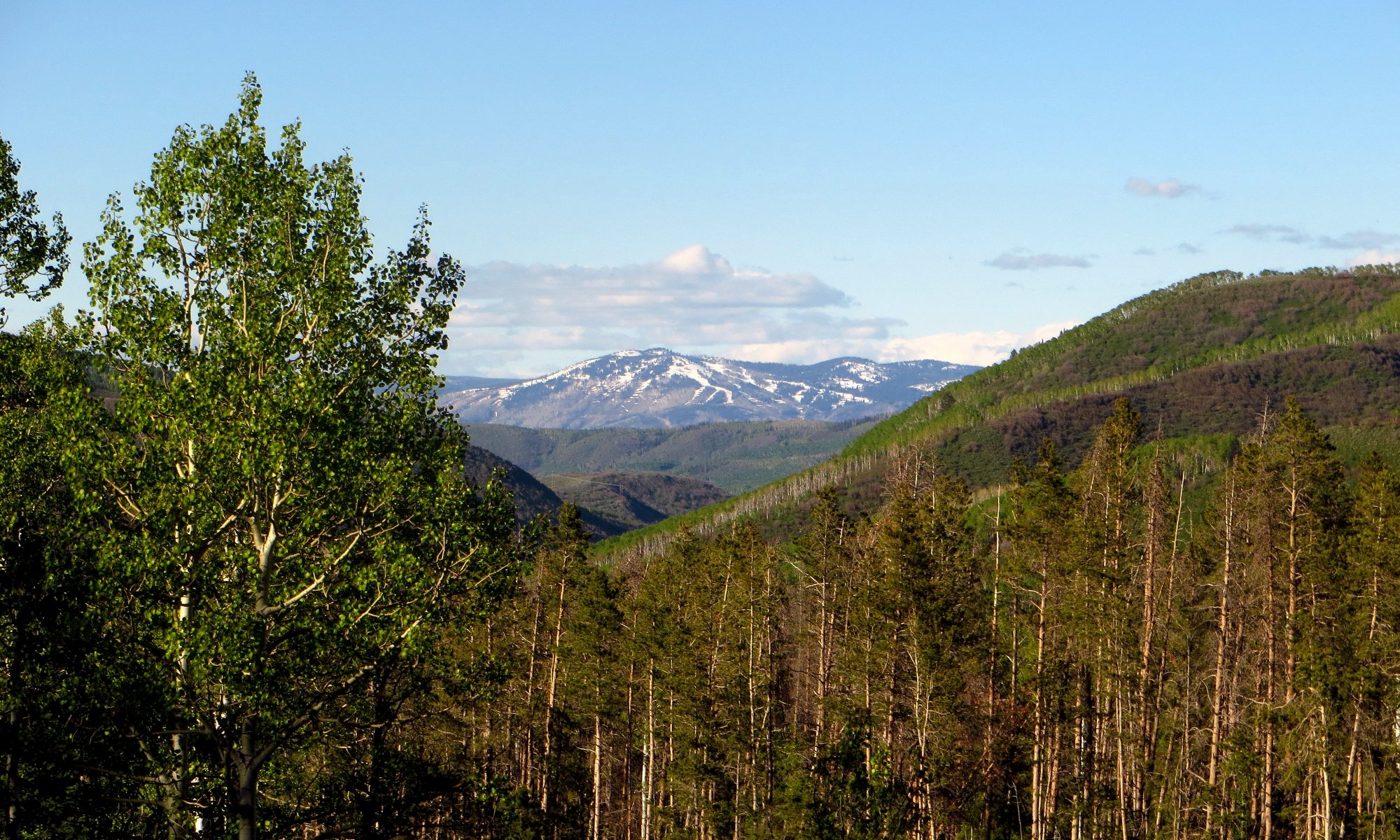While showing one of my ranch listings recently, the topic of conversation in the Ranger was materials used for the perimeter fence. The buyer wanted to know how to mitigate the barbed wire fence to prevent one of her self-described less-than-pasture-wise horses from getting tangled up in the fence. Colorado is a “fence out” state; generally speaking (with some exceptions), it is the landowner’s responsibility to fence unwanted livestock out of the property. The most effective way to keep cattle out is with a 4-strand barbed wire fence—which is not always ideal for all types of livestock. Electric fence is also effective but less reliable when the power source is solar and/or elk and deer run through it. The tried and true method to keep cattle where they are (or aren’t) supposed to be is with a barbed wire fence. Adjoining landowners who keep horses that may injure themselves in the fence can deter them from the fence line with a strand of electric fence or another parallel fence with smooth wire.
Jul
Fencing: To Barb or not to Barb?










